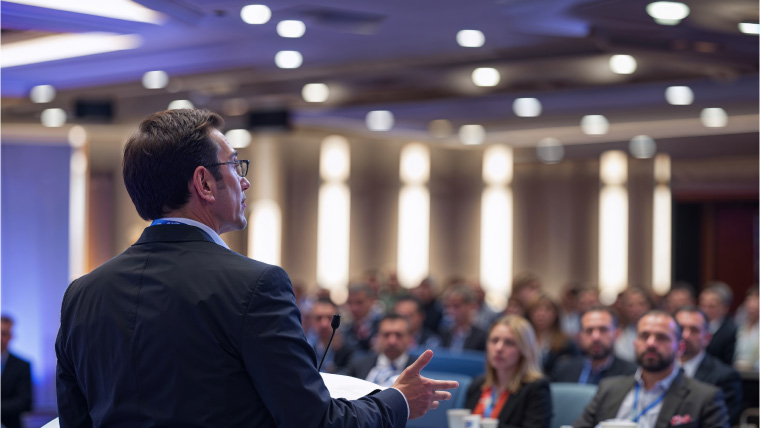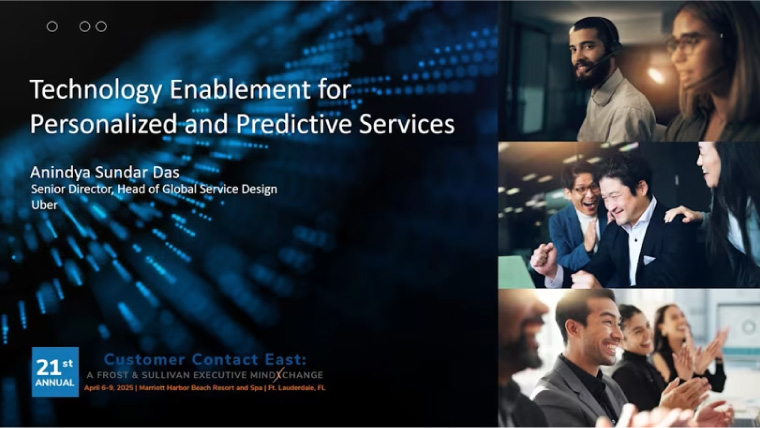Imagine my surprise when speaking at a recent summit for Customer Experience Officers when I asked the audience to define their “company’s customer experience”… and everyone seemed to struggle. Conferences are filled with seminars about the importance of the customer experience and most agree it is critical to the future success of their business, but when asked to define it, few can. We know a good experience when we receive it. We can talk about how we “feel” when it happens on that rare occasion. The secret to really achieving a level of customer experience that drives exponential growth in short time durations lies in how you define it. It stands to reason, if you can’t define it, then you can’t deliver it and you can’t demand that of your people either. This is why most companies fail in their pursuit of delivering great customer experiences.
Together, let’s change that. Here are 3 critical things you should know if you want to really deliver breakout, knock it out of the park, crush your competition experiences that win.
1. Transactional or Experiential.
How you think, determines what you become. You have to first decide whether you want to be a business that is intentionally transactional or deliberately experiential. It’s a choice. You’re operating hypocritically if you say you are experiential and then operate transactionally. You risk joining the graveyard of brands that intended to create great experiences but succumbed to the allure of a transactional mindset eventually becoming irrelevant.
Everyone likes the idea of being experiential but when you look closely at how they operate it is almost always transactionally focused. Its extremely difficult to ever achieve a great customer experience when the whole focus is on the transaction. When I ask audiences to name a fast food company that they believe is transactional by nature, they almost always shout out a large national hamburger chain with a clown for a mascot. Walk into one and you will usually get a hot hamburger, in a short time and they taste about the same wherever you may be. When I ask those same audiences to name a fast food company that has found a way to move from transactional to experiential, their number one choice is almost always Chick-Fil-A.
How is it that Chick-fil-A, which operates in a very crowded business segment with lots of competitors, has become associated with exceptional customer engagement and experiences? You have to watch what they do. Its fascinating when you say thank you to a Chick-fil-A employee and they always respond with… “It’s my pleasure”! When it is raining, they will meet you out at your car with an umbrella so that you can enter the restaurant dry. Their counter personnel will greet you with a smile and genuine appreciation for you coming in that day. These are just a few of a myriad of things they do because they have decided to operate with an experiential mindset. By the way, their food is good too!
2. Repeat or Referral…pick a lane!
I have been fortunate to work with and for some amazing brands. Most organizations again operate with an eye towards developing repeat customers, referrals from customers, or a combination of both. Regardless of your intent, there is a tendency to focus on one usually at the expense of the other. I have found that businesses that operate with intention around obtaining a strong referral rate by how they deliver the experience always do better in both repeat and referrals from customers. Creating a brand that customers love gets people talking…and in a way that exponentially grows your business. Its hard to find a better example of brand love than Casper.
3. The Secret is… How You Define the Customer Experience.
A great customer experience isn’t about buttons, banners, slogans and loyalty statements. How you define the experience and then train people to deliver it matters most. Definition without mastery of how to deliver it is just another slogan that usually fades with time.
Any transaction can become a great experience as long as your people understand what their job is. Let’s experiment. Go out right now and ask a few people this question… “What is your job?”. In most cases you will receive an answer that is specifically related to their title or role. “My job is customer service….my job is to sell…my job is to manage people…my job is to answer the phone”. We all have trouble separating function from our real job. While everyone has different functions in an organization, everyone has the same job. Ask that same group, “Define for me the “____________ Experience”, where you insert your company’s name in to the blank. Watch the reaction you get and the way each person struggles to describe it. I find it stunning that we ask our people to deliver an experience that we cannot define!
It is critically important to understand that while everyone in the organization might have different roles or tasks…everyone has the same job…to deliver the “(Your Company Name) Experience” to everyone, both internally and externally regardless of role.
After years of research, study and implementation in some of the best known brands, here’s how I define the experience I want my teams to deliver.
Customer Solutions
Our job is to provide the right solutions to every customer, both internal and external. It’s our job to find out their needs, wants and desires in order for us to be in a position to help them solve whatever they are seeking to obtain. A salesperson must do that with a customer. A service person must do that with a complaint. A manager must do that with an employee. While everyone has different tasks, everyone has the same job…to provide the right solution to the constituency they serve. Any solution won’t do…it must be the right solution with the right intent…dare I say “referrals”!
Ease of Doing Business
We must be easy to do business with. The more difficult our processes, our telephone choice menus, our rules, our offerings, our website etc., the more customers will become agitated. Years ago, I started all of Compaq’s direct marketing call center operations. Our job was to sell computers over the phone. I remember listening to a call in which a salesperson said to a customer interested in buying a computer… “please wait, my computer is running a little slow”. I can only imagine what the customer was feeling at this point. You sell computers. If your computer is slow…what will happen to mine? Think of all the companies you do business with and watch how difficult they make it for customers to give them their money. Even in the face of complicated internal processes, those who interface with customers need to find ways to make it easy for customers interested in buying.
Extraordinary Experience
The key here is that when a customer ends the transaction with you, their first reaction needs to be… “Wow, that was amazing”! If the interaction is not handled in such a way as to evoke that response, we failed in our efforts regardless of our intention. Nordstrom, at the end of a customer transaction, will come out from behind the counter to the front and shake your hand while saying, “I want to thank you for shopping at Nordstrom, it has been a pleasure helping you today!” Every time it happens to me, I say…WOW! When that happens, customers are emotionally energized and interested in sharing that story with others. Social proof is a key influence principle that causes others to want to buy from you as a direct result of someone’s recommendation they trust. Teaching your employees how to deliver that kind of experience is a key difference between transactional organizations and those who are focused on a great customer experience.
You be the judge. If everyone in the organization, managers and leaders included, knew how to deliver a defined customer experience in the form of the right solution for every customer, the ease with with business is transacted and the way in which service was provided was done in such a way that customers said “WOW”, I loved that”… all issues with solving the customer experience dilemma would vanish. Knowing how to do this is key to exponential growth and is a skill that must be taught. It stands to reason that when skills increase, performance follows suit.
Any organization that can define the customer experience and train the organization on how to deliver it will always win in the end. Transactional businesses often fail in their quest. Experiential organizations find a way to take the focus off the transaction and invest their energies on the customer. That’s what disruptive companies do.



